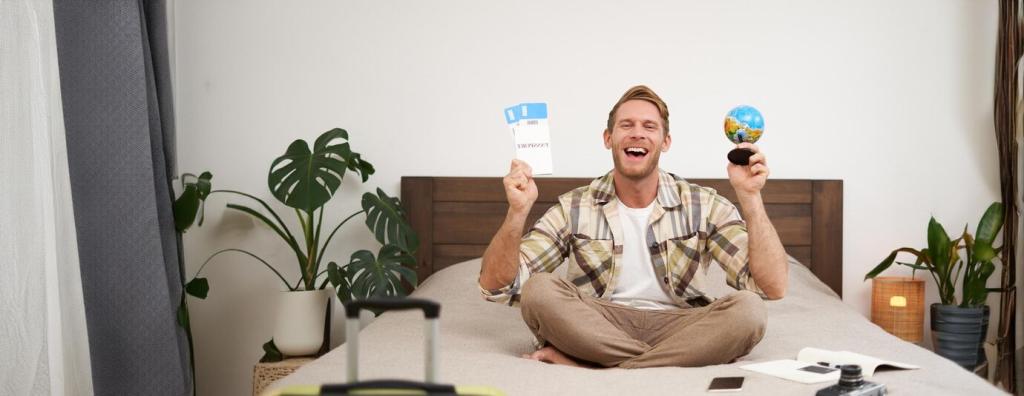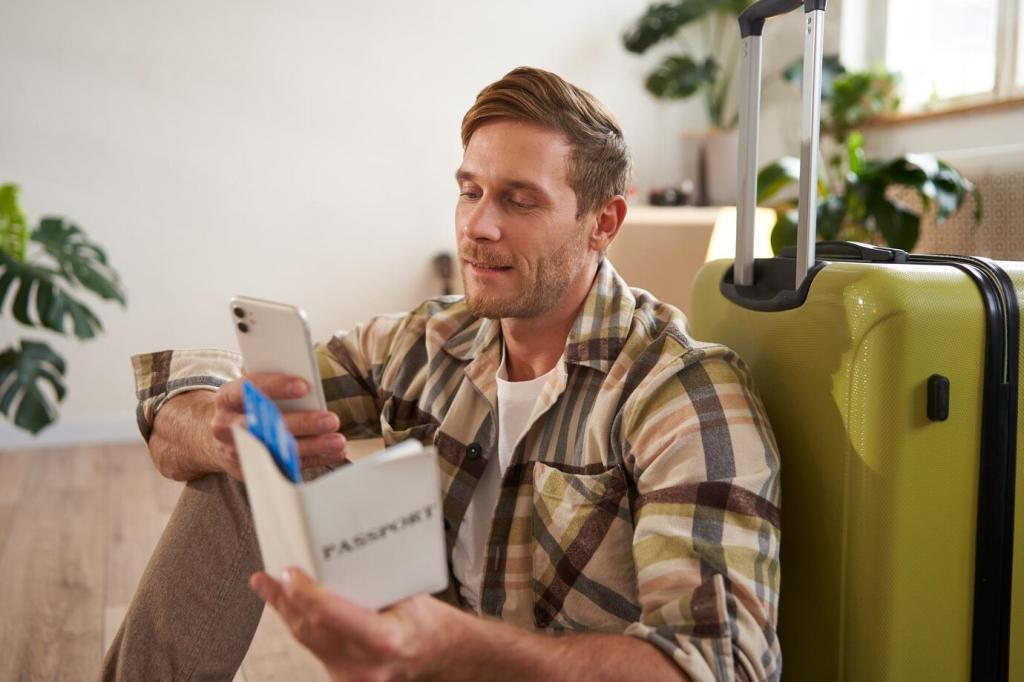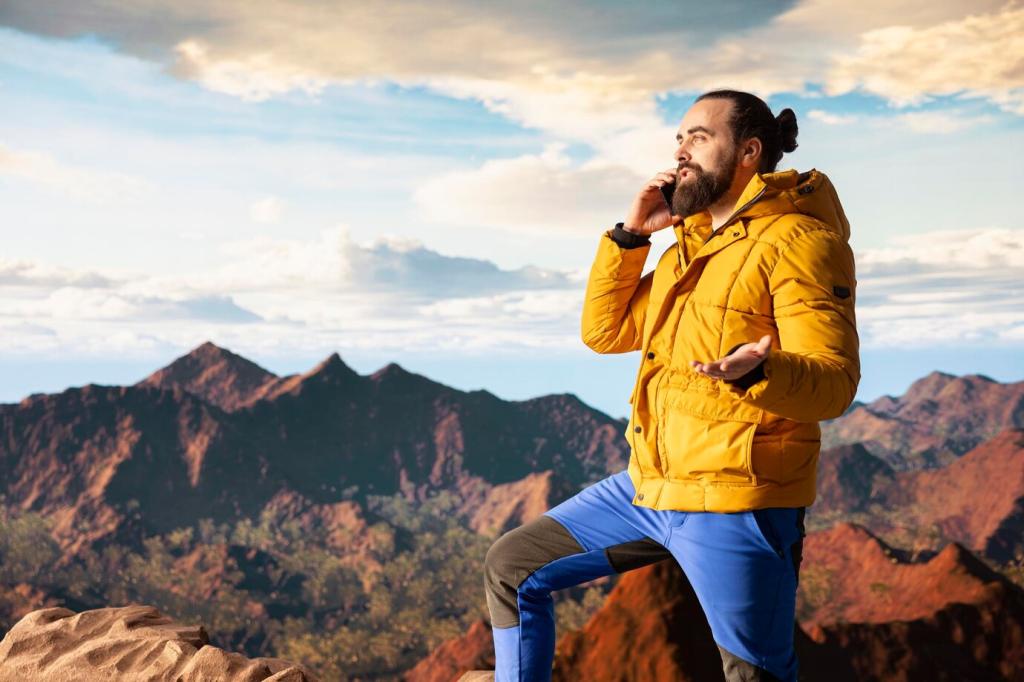
Cultural Etiquette for International Travelers: A Warm Guide to Respectful Journeys
Chosen theme: Cultural Etiquette for International Travelers. Travel kindly and confidently with stories, practical tips, and gentle reminders that turn cultural differences into meaningful connections. Subscribe for more etiquette insights and join our curious community of thoughtful explorers.
First Impressions: Greetings That Open Doors
Bows, handshakes, and cheek kisses
In Japan, a gentle bow expresses humility; in Germany, a firm handshake signals reliability; in parts of Latin Europe, cheek kisses confirm warmth. Let your host lead. Matching their pace, pressure, and distance shows you care enough to follow local rhythms rather than imposing your own.
Names, titles, and honorifics
Using titles—Mr., Ms., Dr., Professor—or honorifics like “-san” in Japan can set a respectful tone. In many cultures, last names come first until invited otherwise. Ask, “How do you prefer I address you?” That single question communicates curiosity, humility, and a readiness to learn gracefully.
Personal space and touch
Comfort zones vary wildly. Northern Europeans prize distance, while same-gender closeness is common in parts of the Middle East. I once salvaged a tense meeting simply by stepping back a foot. Notice body language, mirror it politely, and err on the side of giving others breathable space.

At the Table: Manners That Taste Good Everywhere
Never stick chopsticks upright in rice; it resembles funerary rites. In India and parts of the Middle East, eat with your right hand. In Ethiopia, gursha—feeding a friend—signals affection. Observe, try gently, and follow your host’s lead. Respect turns a meal into a shared celebration.

This is the heading
Lorem ipsum dolor sit amet, consectetur adipiscing elit. Ut elit tellus, luctus nec ullamcorper mattis, pulvinar dapibus leo.

This is the heading
Lorem ipsum dolor sit amet, consectetur adipiscing elit. Ut elit tellus, luctus nec ullamcorper mattis, pulvinar dapibus leo.
Moving Through Cities: Polite Transit and Public Spaces
In the UK, queues are sacred; in some places, lines flow more loosely. On escalators, stand right and walk left when that’s the norm. Offer seats to elders, pregnant people, or anyone who looks like they need it. Kindness is the quickest universal language commuters understand.
Moving Through Cities: Polite Transit and Public Spaces
A library voice suits trains in Japan and Switzerland, while lively conversation is common in Spain. Let locals set the volume. Headphones keep calls private; so does texting instead of speakerphone. Your quiet consideration can make an entire carriage feel calmer, safer, and more welcoming.



Always seek consent before photographing people, especially children and vendors. A quick smile and a polite question can turn a transaction into connection. When possible, show the photo and invite feedback. Consent makes your storytelling collaborative rather than extractive, and locals remember your kindness.

Consider skipping geotags for sensitive sites, small communities, and fragile landscapes. Viral fame can overwhelm waste systems, wildlife, and traditions. Share principles, not coordinates. Responsible travelers balance inspiration with stewardship so the places we love remain resilient for future neighbors and visitors alike.

Avoid exoticizing language and stereotypes. Credit guides, artisans, and communities that taught you. When corrected, respond with gratitude, not defensiveness. Cultural etiquette grows through humility, and your captions can model that growth beautifully—inviting others to learn with kindness instead of performative perfection.
Join our mailing list
